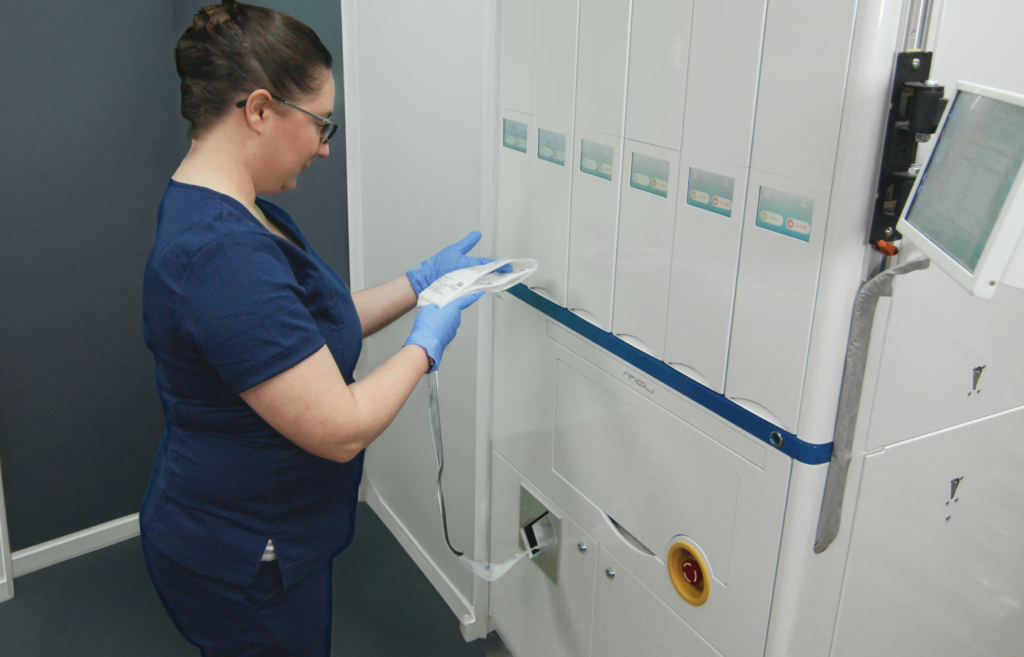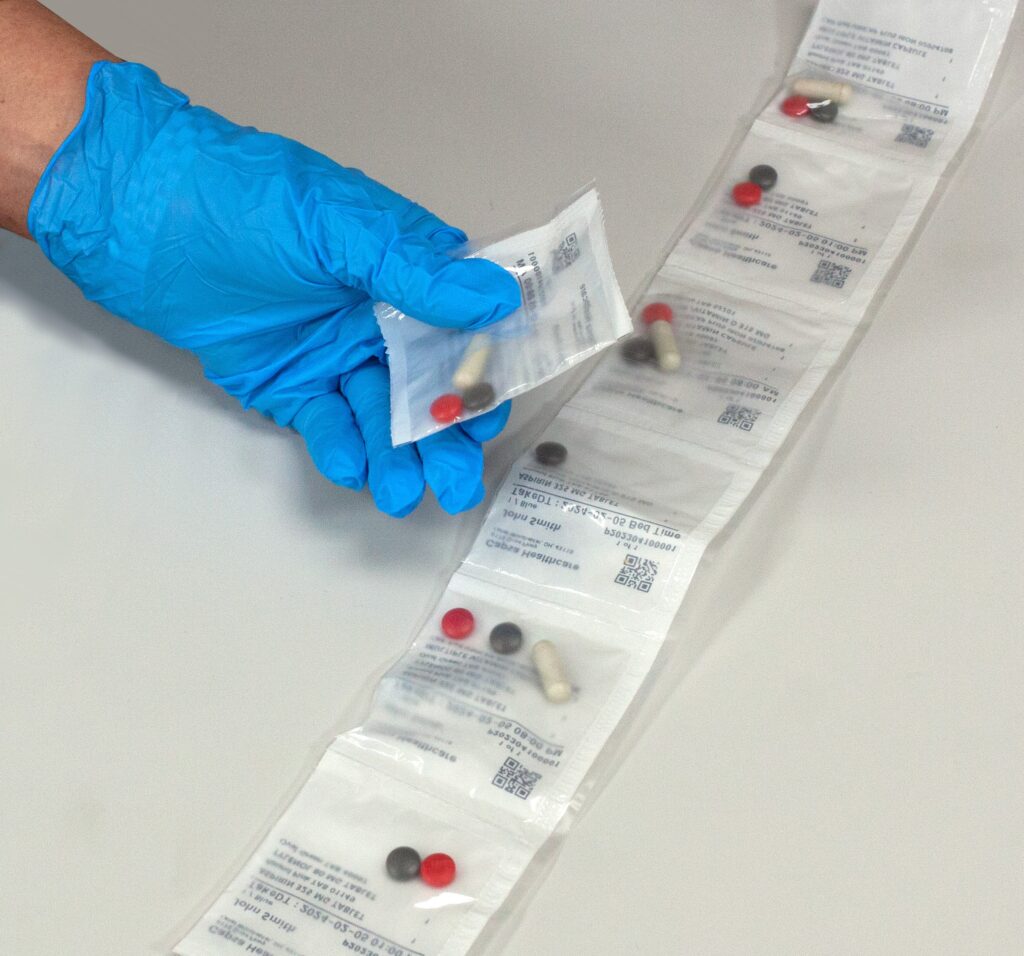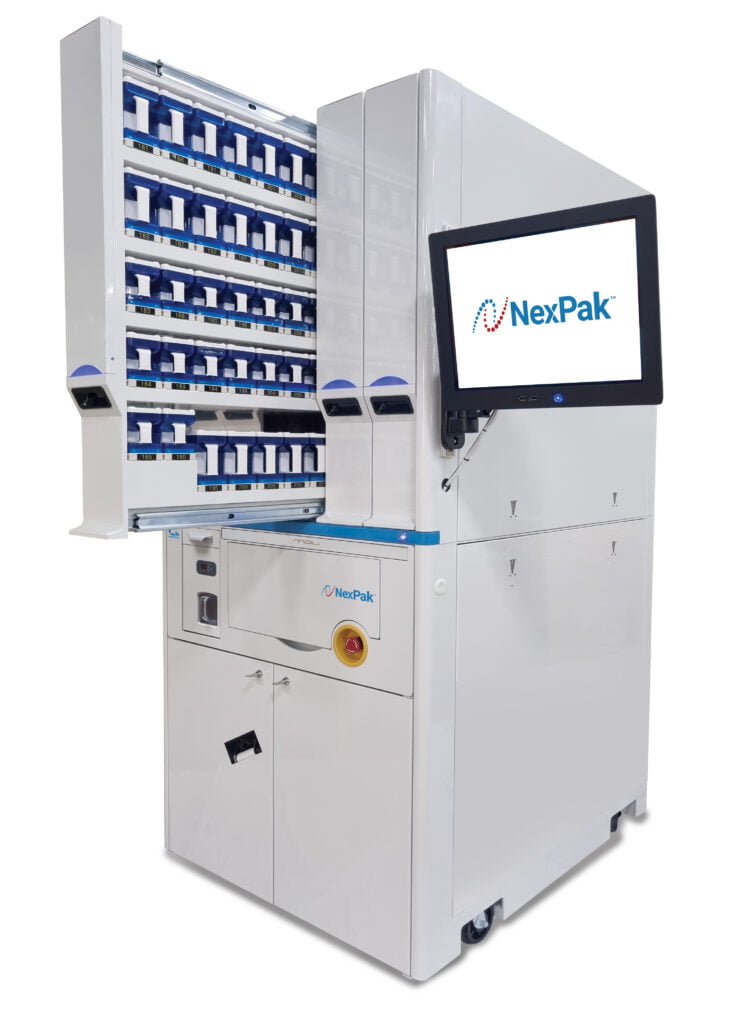
Managing medications in correctional facilities is a complex balancing act fraught with numerous challenges. According to a study published in the Journal of Correctional Health Care, medication non-adherence rates among incarcerated patients range from 30% to 50%, just one data point that helps to underscore the need for improved medication delivery and monitoring systems.
Other issues affecting the proper administration of daily medication include understaffing, overwork, and poor staff retention. The annual average turnover rate for correctional staff ranges from 20% to over 30% in more than half of the facilities nationwide, with 38% of staff quitting in their first year and 48% leaving within five years.
The current medication management system in correctional facilities places significant strain on nursing staff, resulting in reliance on lesser-trained personnel to perform medication-related tasks. Errors in medication administration impact patient care and facility compliance with patient rights protocols. These challenges highlight the need for efficient and effective medication management solutions in correctional healthcare settings.
Huan K. Nguyen, R.Ph., Capsa Healthcare’s Vice President of Pharmacy Automation and a registered pharmacist with over 25 years of experience in the healthcare industry, addresses some of these concerns in this article.
Leveraging his expertise in strategic planning and pharmacy operations, Nguyen sheds light on key medication management concerns and explores innovative pharmacy automation solutions.
Nguyen notes that some of the major challenges include:
Data points from the National Commission on Correctional Health Care (NCCHC) demonstrate the cumulative effects of these challenges on medication administration. The NCCHC emphasizes the importance of clinically appropriate, timely, safe, and sufficient medication administration, reinforcing the “7 patient rights”:
“Medication adherence is crucial, particularly with psychotropic medications, where concerns about adherence and misuse lead to restrictions on ‘keep on person’ (KOP) classifications. The escalating complexity of patients, including a rise in aging and mental health populations, along with higher acuity levels that necessitate frequent changes in therapy, further amplifies the potential risks to patient safety. To exacerbate the situation, it also places additional financial strain on the system,” says Nguyen.
Insufficient staffing levels in correctional facilities contribute to sub-clinical errors in patient care that run the gamut from missed medications to inadequate patient monitoring to delayed wound care that leads to increased infections. This results in higher rates of hospitalizations and delayed access to essential healthcare services. The strain on facility staff and leadership is immense, making the job exceptionally challenging.

Nguyen states, “Technology can play a pivotal role in addressing these challenges, particularly with the introduction of automated medication packaging systems like Capsa Healthcare’s NexPak. This innovative in-facility compliance packaging solution streamlines medication administration processes, from preparation to patient-specific dispensing to nurse administration in either the med-line, the infirmary, or the pod at the correctional facility.
By packaging each day’s medications into multi-dose packets with detailed information, such as patient name, medication, dose, and administration time, NexPak utilization enhances medication adherence, reduces medication prep time, and improves overall patient safety.
Ensures timely administration of the correct medication, improving treatment outcomes and reducing waiting times.
Simplifies medication prep and administration processes, reducing workload and stress levels, and enabling a focus on patient care.
Mitigates risks associated with medication errors and legal challenges, while addressing nursing shortages and reducing healthcare costs.
“Ultimately, NexPak contributes to a safer, more efficient medication management process, benefiting both individuals and the community as a whole,” Nguyen says.
Many state and county correctional facilities, such as San Bernardino County and Los Angeles County (CA), Dallas County, Tarrant County (TX), and Maricopa County (AZ), have implemented this model. Nationwide progress is slow, but this technology is gradually catching up.
The main factors hindering large-scale deployment include fear of change, general reluctance toward automation, and budget constraints, especially with competing priorities in capital budgets. Capsa is developing an innovative financing model to ease upfront costs.

Nguyen states, “I firmly support the use of technology to enhance medication administration in the correctional sector. So many longstanding risk issues like medication adherence, safety, staffing shortages, and financial concerns can be addressed with pharmacy automation.
“This is precisely why Capsa recently launched its newest automated strip packaging system, to make medication dispensing processes safer and more efficient, and I believe it will soon become standard practice.” Capsa will be showcasing NexPak System at the upcoming NCCHC Spring Conference in St. Louis at the end of April.